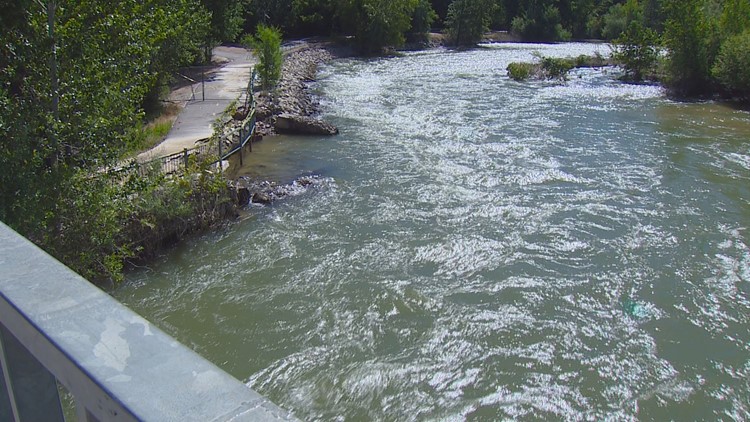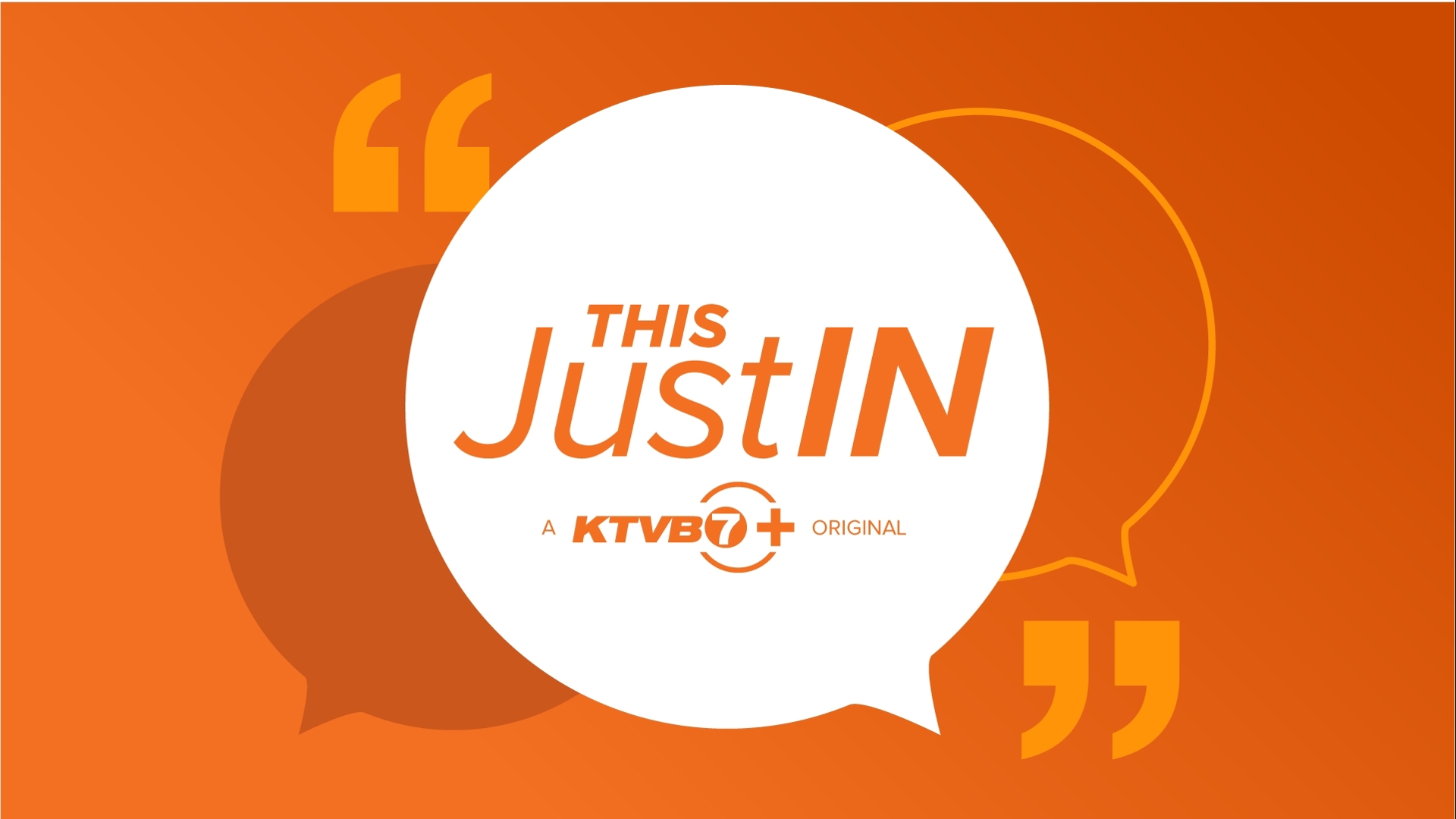MIDDLETON, Idaho — Boise River Flood Control District #10 just completed a $350,000 flood management project on the Boise River near Middleton to improve river flow, restore riverbanks and reduce damage to an adjacent private landowner's property.
The goal of the flood management project was to enhance river flow and prevent bank erosion that would have had a direct impact on the individual's private property.
According to Flood District #10 and the Idaho Water Resource Board, half of the project was funded by a flood management grant of $175,000 from the Idaho Water Resource Board.
In addition to the riverbank restoration work, contractors also included the integration of willows and riparian vegetation for greater bank stability. The contractors on the project also removed approximately 48,000 cubic yards of gravel in a ¾-mile section of the Boise River.
Middleton farmer Dick Bicandi said he is pleased with how the flood management project turned out. "Especially with riverbank barbs and willows installed on edge of the property to slow down river flow next to the bank and deflect the river's energy back into the river."
"It's awesome, this work needed to be done," Bicandi said. "It stops the erosion on the riverbank. Before, the river had been eating away my property. This is going to help a lot."
The "Canyon Reach" project location was identified following a scientific sediment study by Andy Tranmer, a professor at the University of Idaho and the Director of the Center for Ecohydraulics Research.
The study details how river sediments, gravel and rocks are moved down the Boise River corridor below Diversion Dam during spring's high flows over time.
Aerial photography was used to identify the particular section near Middleton that underwent the modifications. The images collected showed how the river's dynamics had dropped out large amounts of river sediments, gravel and river rock where the river flattens out and slows down, said Mike Dimmick, District Manager for Flood #10.
"It's a bit of an experiment for us," Dimmick said of the project. "This is the largest area of gravel build-up we have below Eagle Island."
"That's because below Star, the river loses gradient, loses velocity, and you get gravel bar build-up. The river slows down and drops the sediment load."
The primary tool that made the project possible was Flood District #10's new Boise River 2D Model Tool, financed in part by the Idaho Water Resource Board (IWRB).
IWRB said the tool was essential in planning and designing the Canyon Reach flood management project.
Mike Schubert, a project engineer for HDR in Boise said, "the 2D Model shows the river velocity in a spectrum of colors and you can see how the velocity decreases in the Canyon Reach section of the river."
"We will continue to see that trend over time. But removing the gravel takes the stress off the riverbanks. And we're re-locating riparian vegetation to bio-stabilize the bank," said Schubert.
Project Approval & Execution
The project required many permits and approvals from the Idaho Department of Water Resources, Army Corps of Engineers, Idaho Department of Environmental Quality, and the Idaho Department of Fish and Game.
Lurre Construction in Caldwell over sought the project. A royalty of $1.15 per cubic yard of river rock will be paid to the Idaho Department of Lands.
Using the 2D Model Tool, Flood District #10 said that more issues may be identified along the Boise River requiring projects on property to solve flood management issues.
"This is an example of what we need to do in the future. Especially from here downstream to the Snake River," said Dimmick.
"The 2D Model Tool helps us understand the river better and will help us continue to improve management," Schubert added.
Watch more Local News:
See the latest news from around the Treasure Valley and the Gem State in our YouTube playlist:



